.jpg)
For individuals in China grappling with the profound impact of a spinal cord injury (SCI), the pursuit of the most advanced and effective rehabilitative care often points directly toward spinal cord injury stem cell treatment in Japan.
Key Takeaways
-
First Approved Therapy: Japan is the first country to conditionally approve a stem cell therapy for spinal cord injury (Stemirac®), offering a level of legitimacy unavailable elsewhere.
-
Regulatory Trust: The "Japan Quality" brand is backed by the Act on the Safety of Regenerative Medicine, ensuring strict government oversight that Chinese patients trust over the variable standards sometimes found domestically.
-
Proven Results: Clinical trials for the approved therapy showed that 12 out of 13 patients improved by at least one level on the ASIA impairment scale.
-
Cost vs. Quality: While stem cell treatments in Japan ($15,000 – $45,000) are higher than in China ($10,000 – $25,000), the premium is viewed as an investment in safety and standardized cell processing.
The "Japan Standard": Why Safety Drives the Decision
For Chinese patients, the primary driver is not just proximity, but the assurance of safety provided by Japan's rigorous legal framework for regenerative medicine.
While China has made massive strides in biotech, the regulatory landscape for clinical stem cell applications has historically been volatile, with periods of strict crackdowns followed by gray-market growth. In contrast, Japan established a clear, government-backed pathway in 2014 with the Act on the Safety of Regenerative Medicine.
Why Chinese Patients Prefer Japan:
-
Government Approval: Clinics must be licensed by the Ministry of Health, Labour and Welfare (MHLW). Patients can verify a clinic's license online, removing the fear of "black market" treatments.
-
Standardized Processing: Cells are processed in Cell Processing Centers (CPCs) that rival pharmaceutical manufacturing facilities, ensuring high viability and sterility.
-
Genetic Stability Testing: Japanese protocols often include rigorous testing to ensure expanded cells do not carry tumorigenic (cancer-causing) risks, a major concern for international patients.
The Game Changer: Stemirac® (Stem Cell for Neural Repair)
Japan is home to Stemirac®, the world's first stem cell treatment product specifically approved for spinal cord injury.
The strongest magnet for Chinese patients is Stemirac® (developed by Nipro Corporation and Sapporo Medical University). Unlike generic wellness infusions, this is a targeted therapy for Spinal Cord Injury (SCI).
-
The Science: It uses Autologous Mesenchymal Stem Cells (MSCs) taken from the patient's own bone marrow. These cells are expanded in a lab to roughly 50-200 million cells and infused intravenously.
-
Mechanism: The cells travel to the site of injury (homing effect), where they reduce inflammation, protect surviving neurons, and stimulate the regeneration of the neural network.
-
Success Data: In the key clinical trial, 92% (12/13) of patients regained some lost function (e.g., sensation, movement) within 6 months.
Did You Know?
Stemirac® was granted "Conditional Approval" for 7 years, allowing patients to access the therapy while long-term data is collected. This "fast-track" system is unique to Japan and allows faster access to cutting-edge therapies than the US FDA process.
Cost Comparison: Japan vs. China & Global Options
Japan positions itself as a premium medical destination. It is more expensive than China but significantly more affordable than the US or Switzerland.
|
Destination |
Est. Cost (USD) |
Cell Type Used |
Regulatory Status |
|---|---|---|---|
|
Japan |
$15,000 – $45,000 |
Mesenchymal (Bone Marrow/Adipose) |
Govt. Licensed / Approved Product |
|
China |
$10,000 – $25,000 |
Umbilical Cord / Neural Stem Cells |
Variable (Research-based) |
|
USA |
$50,000+ |
Bone Marrow (Non-expanded) |
FDA Restrictions (Minimal manipulation) |
|
Germany |
$20,000 – $30,000 |
SVF / Secretome |
Section 4b AMG (Hospital Exemption) |
|
Thailand |
$15,000 – $35,000 |
Allogeneic (Umbilical) |
Medical Tourism Focus |
What’s Included in Japan:
-
Medical Visa assistance.
-
Harvesting and standardized cell culturing (3-4 weeks).
-
Administration (IV or Intrathecal).
-
Rehabilitation guidance (often integrated).
Travel & Logistics: The "Medical Visa" Advantage
Japan offers a specific visa category that covers the patient and their family/caregivers, recognizing the long-term nature of SCI treatment.
-
Visa Type: Visa for Medical Stay (Category B).
-
Allows stays of up to 90 days (can be extended or multiple-entry).
-
Covers accompanying persons (vital for SCI patients).
-
-
Guarantors: Patients must apply through a registered Medical Coordinator or travel agency (guarantor) in Japan. Clinics often have partner agencies to handle this paperwork for Chinese patients.
-
Flight Connectivity: Frequent direct flights from Beijing, Shanghai, and Hong Kong to Tokyo (HND/NRT) and Osaka (KIX) make travel physically less demanding for spinal injury patients compared to flying to Europe or the US.
Expert Insight
"For Chinese patients, the decision to choose Japan is rarely about price. It is about trust. The Japanese medical system's reputation for precision—ensuring that the 100 million cells injected are exactly what they claim to be—provides a peace of mind that is difficult to put a price tag on. The geographical proximity is just a bonus."
Frequently Asked Questions (People Also Ask)
Is the stem cell treatment in Japan guaranteed to work?
No medical treatment is guaranteed. However, Japan's approved therapies like Stemirac® have shown statistically significant improvements in motor and sensory function in clinical trials, particularly for patients treated within a few weeks to months of injury.
Do I need to speak Japanese?
No. Major clinics accepting international patients (like Helene or university hospitals) have dedicated Mandarin-speaking medical interpreters. This is often a mandatory requirement for the Medical Visa to ensure informed consent.
Can I bring my family?
Yes. The "Visa for Medical Stay" allows for accompanying persons. For SCI patients, bringing a caregiver or family member is highly recommended and supported by the visa rules.
How long does the treatment take?
The process usually involves two visits.
-
Visit 1 (3-5 days): Screening and Bone Marrow/Fat harvesting.
-
Gap (3-4 weeks): You return home while cells are cultured in the lab.
-
Visit 2 (3-7 days): Infusion of cells and observation.
Why not just do it in China?
While China has excellent research, the clinical application is sometimes less standardized. Japan offering a government-approved product (Stemirac) rather than just a "clinical trial" gives patients higher confidence in the safety and purity of the cells.
Is it covered by insurance?
For international patients, it is self-pay. Chinese medical insurance typically does not cover regenerative procedures abroad.
Restore Function with Confidence
If you are seeking the most regulated, scientifically validated stem cell options for Spinal Cord Injury, Japan offers a pathway that combines medical innovation with safety.
PlacidWay can assist Chinese patients with:
-
Clinic Access: Connecting you with licensed facilities in Tokyo and Sapporo.
-
Visa Support: Introducing registered guarantors for the Medical Stay Visa.
-
Translation: Ensuring your medical records are accurately translated for the Japanese doctors.


.jpg)
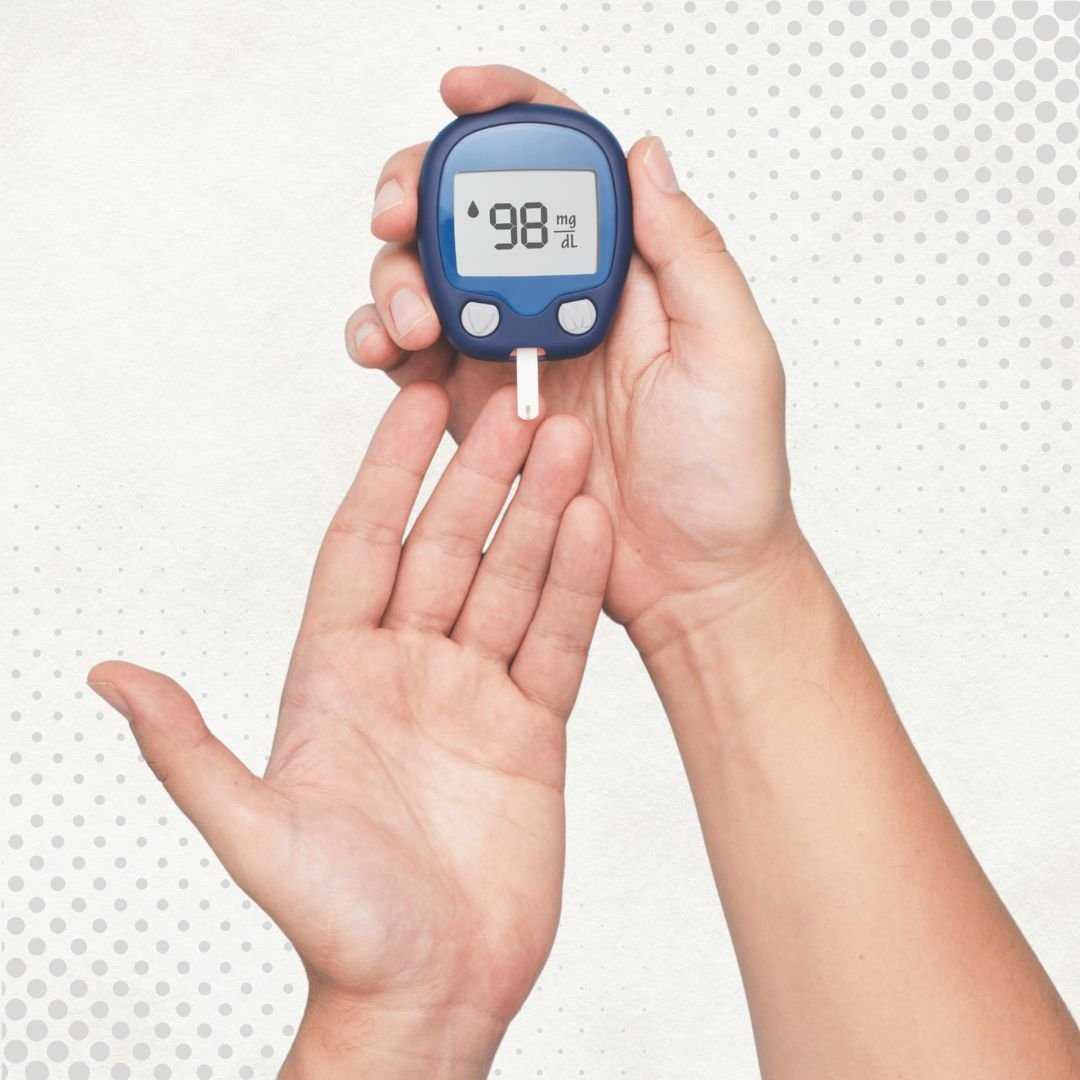


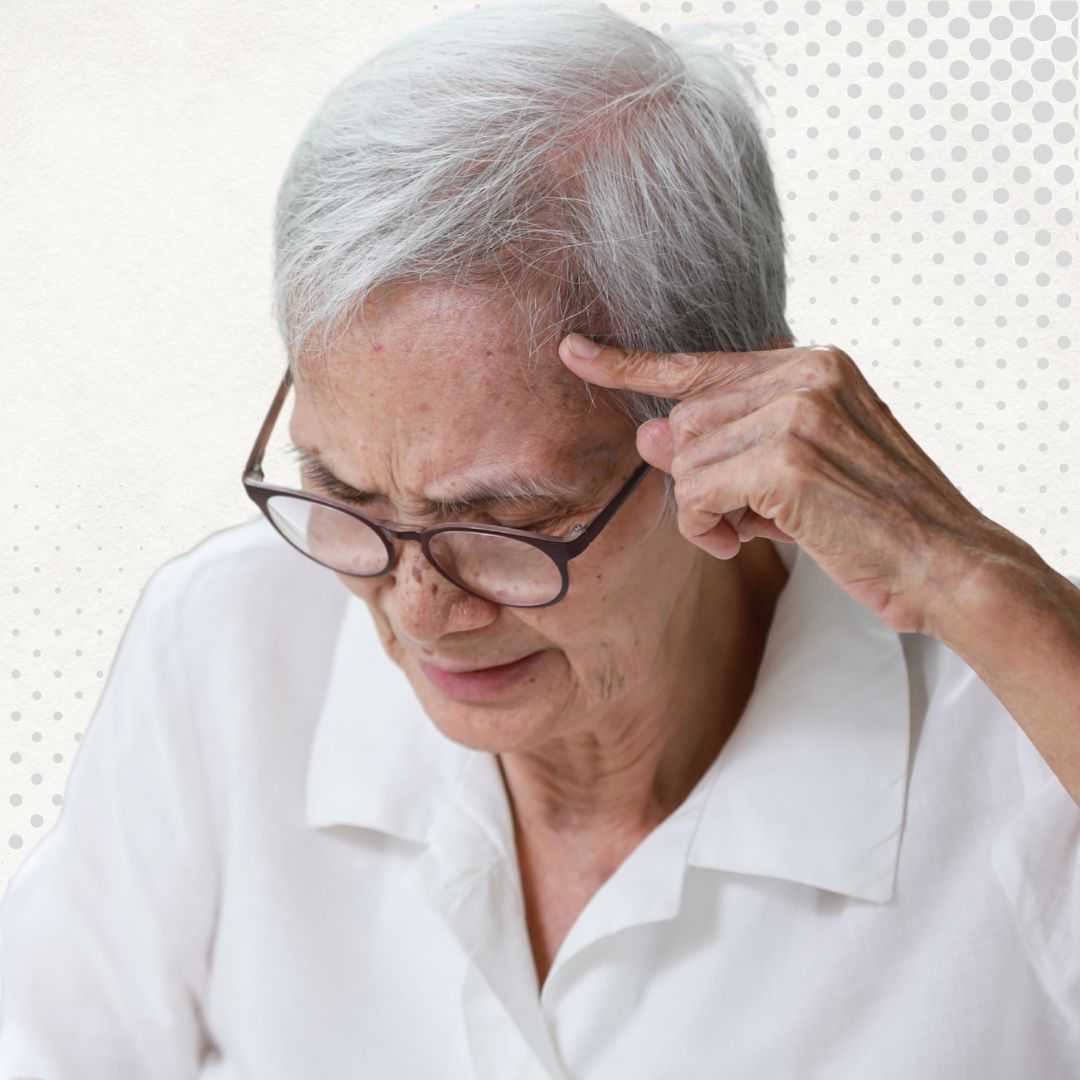
.jpg)

.png)
.png)
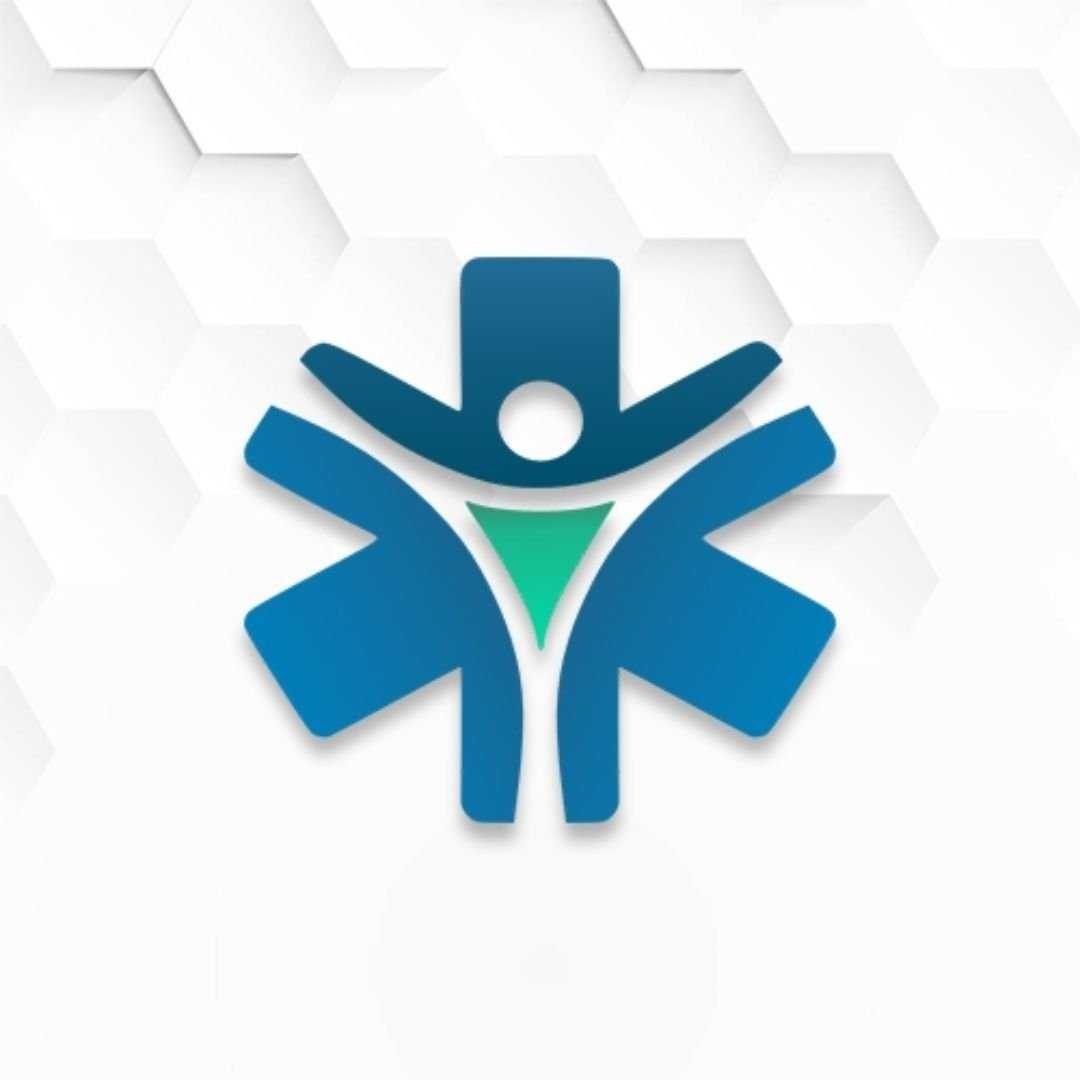
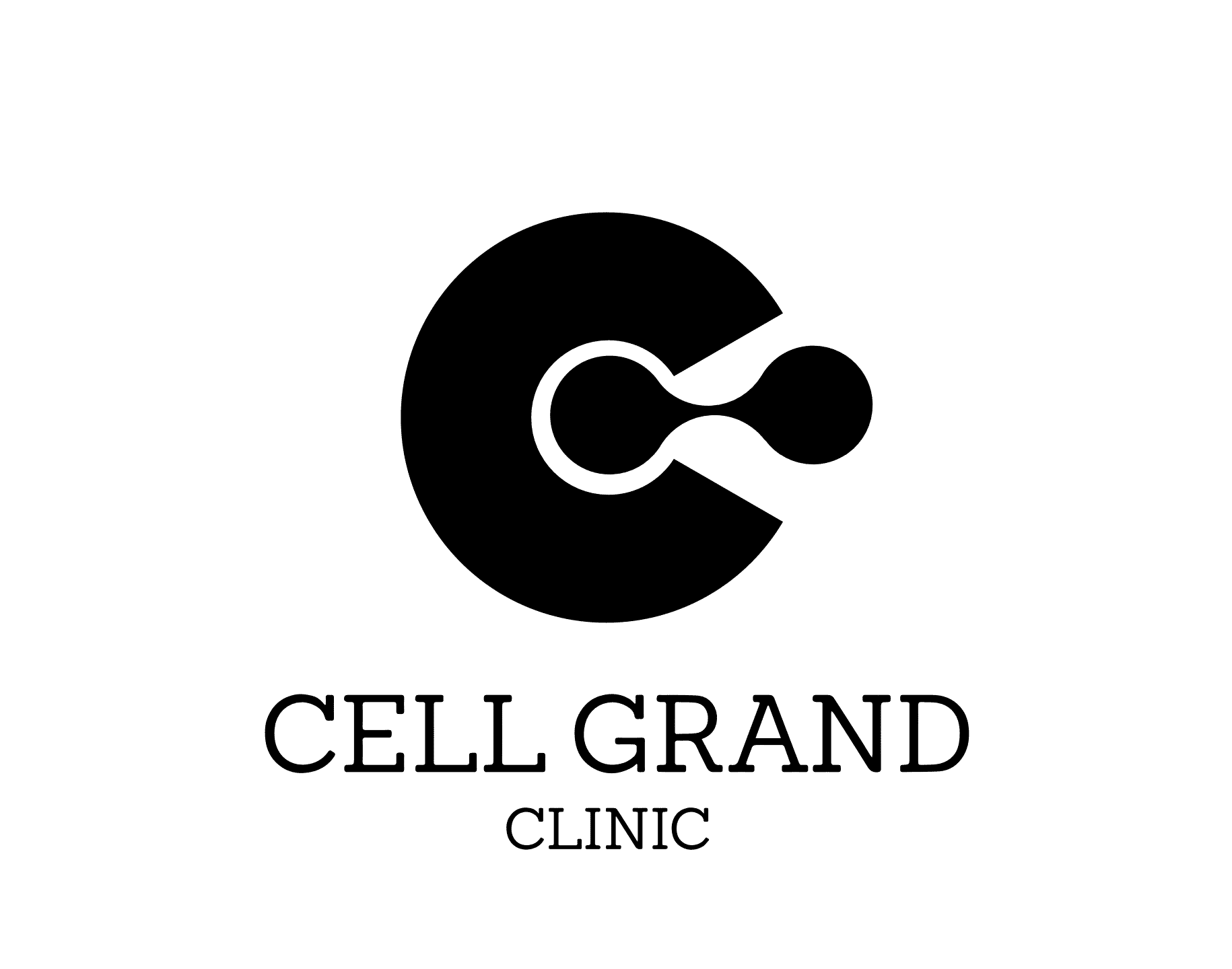

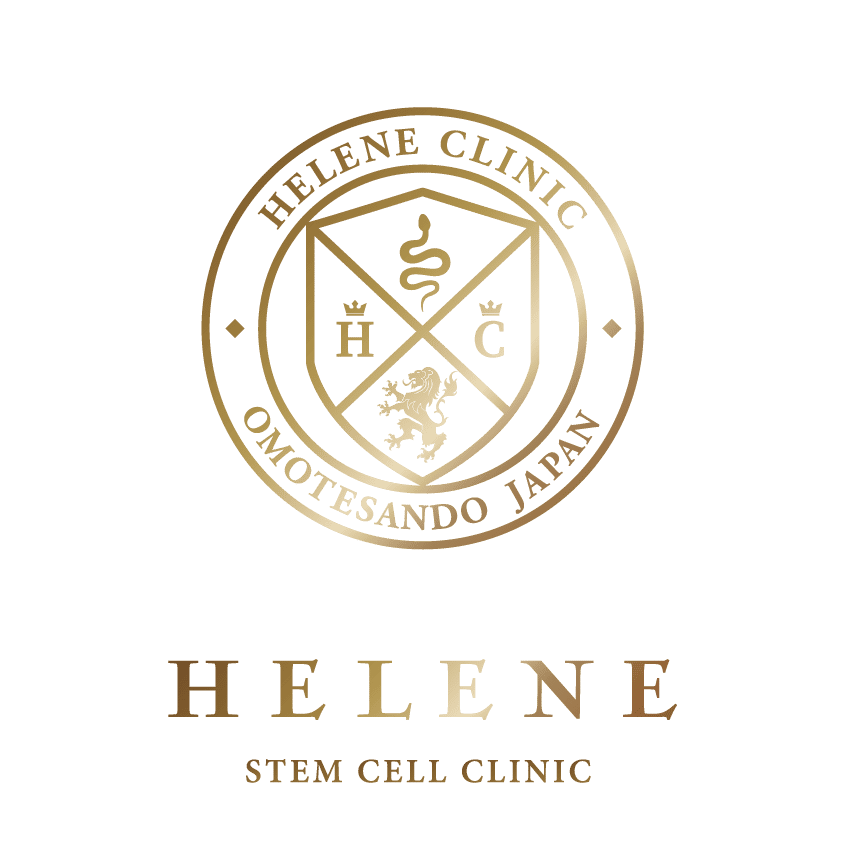

Share this listing